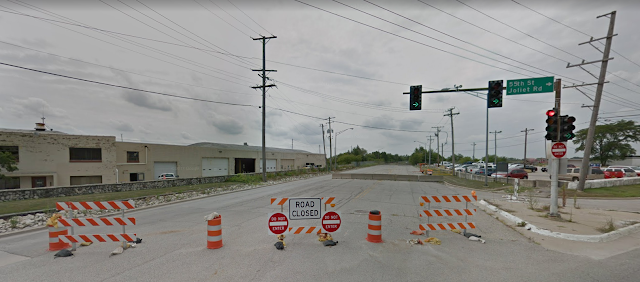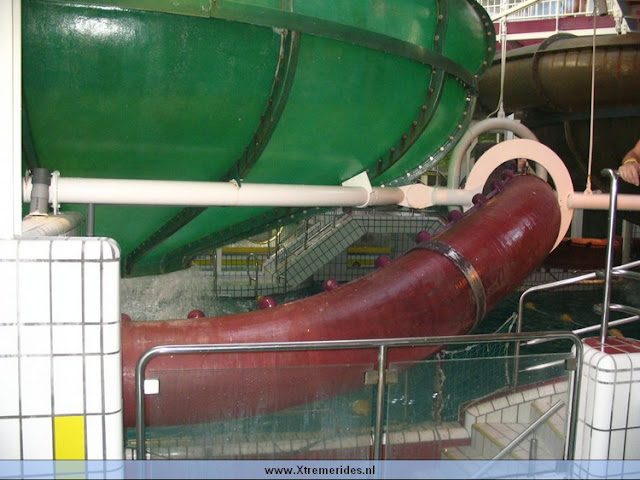The Locomotive Graveyard of Uyuni, Bolivia
Just outside the desert frontier town of Uyuni, Bolivia—a gateway to the world’s largest salt flats—lies a surreal tableau frozen in time. Strewn across a barren, wind-scoured plain, dozens of steam locomotives and railcars slump in an eternal repose. This is the *Cementerio de Trenes*, the Locomotive Graveyard in English, a haunting monument to ambition, industry, and the relentless march of obsolescence.
 |
| Google Maps Street View of some of these locomotives |
Bolivia’s history is deeply entwined with the tracks of its railroads, the echoes of its mining past, and the stories of progress and decline that have unfolded in its rugged landscapes. Among the most evocative symbols of this history lies the eerie yet captivating locomotive graveyard of Uyuni.
The sight of rusting locomotives has made the train graveyard an international destination for photographers across the world, and it would not surprise me at all to learn that it inspired the Train Graveyard in Final Fantasy 7, although I have no way of confirming if this really is the case.
 |
| Final Fantasy 7's Train Graveyard, one of numerous examples of Abandoned Railroad Tracks in Classic Video Games. |
The graveyard’s origins trace back to the late 19th century, when British engineers and Bolivian visionaries dreamed of stitching the Andes together with iron rails. These locomotives—many built in British factories—once hauled carriages laden with silver, tin, and salt from Bolivia’s mines to Pacific ports, fueling the nation’s economy. The desolate expanse of rusting steam engines and decaying train cars paints a haunting picture of a bygone era, tied intimately to the mining boom of Pulacayo, a once-thriving industrial powerhouse.
 |
Paulo Kopzinski photo of the Uyuni Train Graveyard |
Pulacayo, a ghost town located near the Salar de Uyuni, or the Uyuni salt flat, just west of the city proper, was the epicenter of Bolivia’s silver mining industry in the 19th century. The wealth extracted from the Huanchaca mine, one of the largest silver mines in the world, not only fueled the nation’s economy but also helped establish its political and social frameworks. Aniceto Arce, a prominent figure in Bolivian history and a former president, spearheaded the development of the first railroad connecting Pulacayo to Antofagasta, Chile, in 1890. This line, which marked Bolivia’s entry into the railway age, was crucial in transporting silver to the Pacific coast and facilitating economic growth.
 |
The Pulacayo silver Mine, general view of the mining camp (in the 19th century, the second largest silver mine in Bolivia, at an altitude of around 4100 meters above sea level), ca. 1905. Vintage picture postcard, published by the Compania Huanchaca de Bolivia. G Grundman Collection
 |
"Several old locomotives parked in a dusty, open area at the historic Pulacayo mining site near Uyuni, Bolivia." (Rails South America) |
 |
| The groaning metal seems to whisper: “Every empire leaves its carcass. Yours will too.” (Trevor McKinnon photograph) |
Uyuni, once a bustling railway hub, became the final resting place for these locomotives and railcars as operations dwindled. The locomotive graveyard—a sprawling expanse on the outskirts of the town—stands as a somber testament to the region’s industrial decline. The skeletal remains of steam engines, some dating back to the late 19th century, are now corroded by time and the harsh salt winds of the Altiplano.
The locomotive graveyard of Uyuni is a magnet for travelers seeking the surreal and the historical. Against the backdrop of the Salar de Uyuni’s shimmering salt flats, the rusting hulks evoke both nostalgia and awe. The graveyard’s connection to Pulacayo’s mining legacy is palpable—some of these locomotives once carried the wealth of Huanchaca across continents.
Notably, one of the trains in this graveyard holds a link to legend: it is said to have been robbed by Butch Cassidy and the Sundance Kid during their South American escapades.
The graveyard itself is an open-air archive, its decaying trains offering insights into engineering and design from an era when steam powered the world, as the story of the locomotive graveyard of Uyuni and the railway from Pulacayo is one of ambition, innovation, and decline.
 |
| SkareMedia photograph via Atlas Obscura |
For those who wander among the rusting relics or explore Pulacayo’s preserved streets, the echoes of steam and silver offer a powerful reminder of a time when railroads shaped the destiny of nations. The Locomotive Graveyard is more than a tourist oddity. It’s a stark metaphor for civilizations that rise and fall on the back of transient resources.
But life goes on - just down the road exists an extremely large solar plant; with the extremely dry climate of the Salar de Uyuni, there is an incredible potential to decarbonize Bolivia's energy generation from our ultimate source of energy, the sun.
Thanks as always for reading!


Comments
Post a Comment